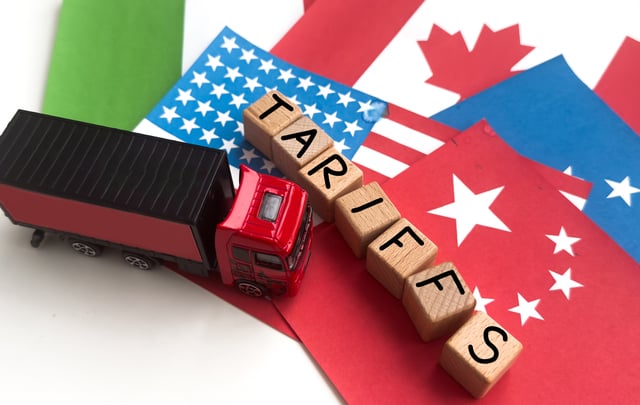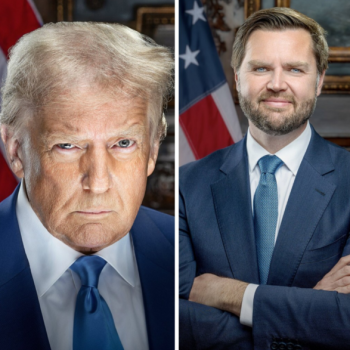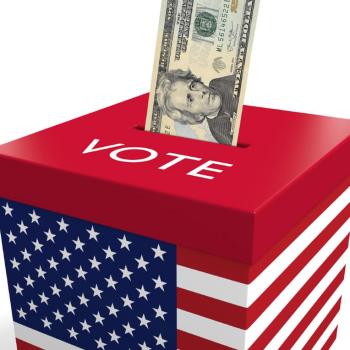
President Trump campaigned on assessing tariffs on countries that didn’t treat the United States fairly or work cooperatively with the US on critical matters. A 25% tariff on imported aluminum and steel took effect on March 12, 2025, and a 25% tariff on imported vehicles and auto parts will take effect on April 3rd. Trump announced additional tariffs in his April 2nd address. Trump’s tariff strategy has been controversial. Let’s take a look.
What is a Tariff?
The site Investopedia defines a tariff as:
“A tariff is a tax imposed by one country on the goods and services imported from another country to influence it, raise revenues, or protect competitive advantages.”
Two types of tariffs can be levied:
- A fixed fee tariff on a specific item, i.e., a $500 fixed fee tariff on a particular vehicle that is imported
- An “ad-volerem” tariff is based on a percentage of the item’s value, i.e., the 25% tariff on aluminum and steel imposed on March 12th increased the price of imported aluminum and steel by 25% of its current value
How The Trump Administration Uses Tariffs
Trump used tariffs in several ways in his first and early second terms. They are used in several ways:
- Trump is implementing reciprocal tariffs on unfair trade deals with the United States. A great example is with our trading partners in Canada. Before 2025, dairy products imported from Canada included tariffs between 200% and 300% if they exceeded the agreed tariff-free quota on items like milk, cheese, and butter. The United States would raise our tariff to Canada via a “reciprocal tariff.” to the same levels once the quota was exceeded. To date, the trading of these goods has not exceeded the quota. The “reciprocal tariffs” are designed to “level the playing field” in trade. If Canada reduces these tariffs, our tariffs on Canada also go down if the quota is exceeded.
- Trump also uses tariffs to change behavior. A great example is the tariffs he announced upon taking office against Mexico and Canada for not protecting the borders with the United States, allowing large amounts of fentanyl to cross into the US. Canada and Mexico agreed to strengthen border security by assigning more troops to their respective borders with the United States.
- The United States can impose punitive tariffs. In 2018, Trump imposed duties of 34 billion dollars on various Chinese imports, citing unfair trade practices. Again, the intent is to change behavior to make trading practices fair.
What is the Potential Impact?
The immediate impact could be an increase in costs to the consumer. If you buy cars imported from Mexico, you will pay more than an American car made in America. The United States imports many car parts. They will cost more as well. These parts will impact the prices of vehicles that use them. Our “reciprocal tariffs” will be reduced if Mexico lowers its tariffs. Many people have no idea what products are from the US and what products we import. Imported products will have a higher cost. Tariffs are a long-term strategy that will have initial pain. This is a tough sell on a nation that has endured wildly high inflation over the past four years. Historically, tariffs in the last decade have not led to high inflation. Biden’s economic policies drove inflation higher over the past four years:
“Critics say tariffs do more harm than good by increasing the prices that consumers pay. However, the US tariffs of the past decade have not been accompanied by a sustained rise in inflation. When the US imposed its initial round of tariffs on China in January 2018, the US Consumer Price Index (CPI) stood at 2.1%. By mid-year, inflation had ticked up to 2.9% before dropping back to 1.9% in December for an annualized rate of 2.4%. Over the following year, as trade tensions between China and the US continued, inflation in the US never exceeded 2.5% until the impact of COVID-related policies began appearing in 2021.”
What is the Catholic Perspective?
The Church has no specific stance or policy on tariffs in general. The Catholic perspective will find its roots in Catholic Social Teaching:
“The Catholic Church proclaims that human life is sacred and that the dignity of the human person is the foundation of a moral vision for society. This belief is the foundation of all the principles of our social teaching.”
Catholic Social Teaching focuses on the dignity of the human person and the common good. The Church supports fair trade policies that protect vulnerable populations and support development. Do Trump’s tariffs achieve these? It depends upon who you ask. The Trump tax cuts benefited most taxpayers in the US, albeit disproportionately. Those making more money received a more significant tax cut in dollars than those making less. The tax cut benefitted an estimated 66-75% of American taxpayers. The Official Poverty Rate dropped from 12.7% in 2016 to 10.5% in 2019. This rate increased to 11.4% in 2020 due to the pandemic. The poverty level is still very high, and everyone must do more to help those on the lower end of the financial spectrum reap the benefits of this great country. We still have a lot of work to do.
Please let me know what you think about this article in the Comments section.
Peace

















